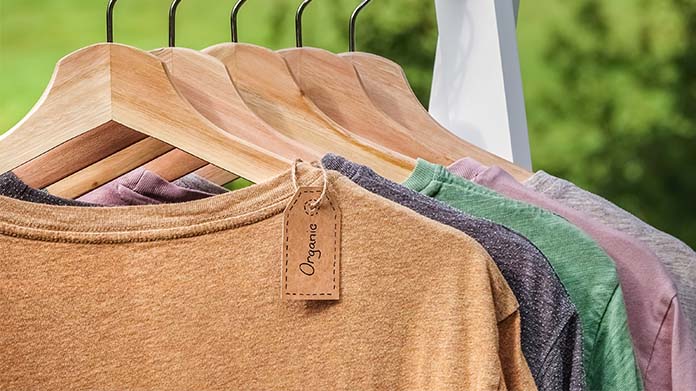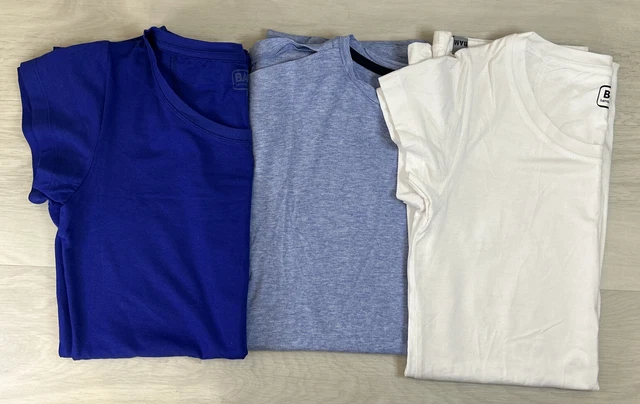Recommended News On Choosing Hemp Clothing
Wiki Article
Why Is Hemp More Biodegradable And Durable And Renewable Than Cotton For Example?
Hemp is considered more biodegradable because of its inherent properties and the way hemp grows. Here's why- Biodegradability-
Natural Fibers - Hemp's fibers are biodegradable. Fabrics and clothes made of hemp break down over time. That means they can be returned to nature without leaving behind any waste. The breakdown of synthetic fibers like polyester, can take hundreds of years.
Hemp fabrics are usually not contaminated with synthetic additives or treatments that hinder biodegradability. Contrary to cotton fabrics, which might contain synthetic chemicals (such as dyes or finishers) that can inhibit biodegradation, hemp fabrics aren't.
Durability-
Hemp fibers can be characterized by their strength and endurance. Hemp textiles, clothing, and other products are more robust than cotton. The strength of hemp clothing indicates that it is able to endure more washings and wearing cycles before deterioration occurs.
Hemp fabrics tend to be less prone to pilling which is the development of tiny, fuzzy balls that form on the fabric's surface. This contributes to their durability and high-quality.
Regenerative Agriculture-
Health of the soil Hemp cultivation can be regenerative when it is done sustainably. Hemp has a deep root system that helps stop soil erosion and compaction as well as enhance soil health by aerating soil and increasing microbial activity. This aspect of regenerative will leave the soil in better shape for future crops.
Low environmental impact- Sustainable hemp cultivating methods involve the use of minimal pesticides. Cotton farming, which relies on synthetic chemicals, could result in soil degradation and water contamination.
Water Efficiency-
Hemp usually requires less than cotton to thrive. Its drought-resistant qualities permit it to flourish in areas with limited irrigation or rainfall. This makes the plant the ideal choice for those where water is scarce, such as dry regions.
Hemp can be incorporated into crop rotations, which improve soil health by reducing the risk of disease and soil depletion. Crop rotation in cotton farming is not as frequent.
Versatility- Hemp can be used in a variety of applications like clothing, textiles papers, paper, building materials and many more. Hemp is a flexible crop that can be utilized to aid a wide range of industries by using sustainable and regenerative methods.
In addition to these advantages of hemp, it's also essential to know that hemp as well as cotton are produced sustainable (or not) depending on the farming techniques and methods of processing. Select hemp products that are produced using ethical and sustainable practices to reap the maximum environmental benefits. Selecting organic cotton products can also reduce the environmental impacts of traditional cotton production. Check out the top rated go to the website on hemp clothes for blog info including patagonia double knee pants, hemp fabric by the yard, organic hemp clothing, hemp clothing, hemp cotton fabric, mens hemp clothing, patagonia double knee pants, hemp golf shirts, hemp pants mens, hemp boxer shorts and more.

What Can Hemp Fibers Do To Help In The Process Of The Sequestration Of Carbon, Sustainability, And Crop Rotation?
Hemp fibers are a green choice for both agricultural and textile production. They can help with carbon sequestration and sustainability.
Rapid growth- Hemp is a fast-growing plant that matures between 70-120 days, depending on the variety of plants and the growing conditions. As part of their rapid growth hemp plants take in CO2 from the atmosphere as part of photosynthesis. Carbon uptake is a major contribution to carbon sequestration as well as reducing CO2 in the air.
Biomass Production- Hemp is known for its prolific production of biomass. The dense foliage and tall stalks of hemp produce large amounts of organic matter. When incorporated in the soil or used to create various products can contribute to a buildup of carbon.
Sustainability:
Hemp cultivation uses less synthetic pesticides. It also uses fewer herbicides. Its natural resistance to many pests and diseases reduces the requirement for chemical interventions. Particularly, organic hemp farming emphasizes sustainability since it does not use chemical pesticides.
Hemp has a high water efficiency, in comparison to other crops that need large amounts of water like cotton. This makes it more sustainable in areas that have limited water resources.
Hemp roots are deep and can assist in improving the soil's quality. The roots of the plant help to prevent erosion of soil by stabilizing the soil structure and reducing runoff. Hemp cultivation also improves the activity of soil microbes which helps to improve nutrient cycling and overall soil fertility.
Crop Rotation Hemp can be integrated in crop rotation systems. Crop rotation is the process of alternating of different crops in one field. This practice is a great way to interrupt the cycle of pests as well as improve soil quality and reduce soil depletion. The role of hemp in crop rotation contributes to the sustainability of farming practices.
Crop Rotation
Hemp is also a good addition to rotations of crops alongside other crops like legumes, grains or vegetables. Diversification is important for maintaining soil health, decreasing the risk of pests or diseases specific to certain crops, and helping to ensure a balanced cycle of nutrients.
Hemp roots penetrate the soil and aerate it, which helps reduce compaction and enhances the infiltration of water. Improved soil structure is a benefit to subsequent crops following hemp.
In the end, hemp fibers enhance carbon sequestration and sustainability, as well as crop rotation and water efficiency through their rapid growth, biomass production and minimal chemical requirements. Hemp farming is an ecologically sustainable practice in agriculture. The fibers that are produced are sustainable and can be used for use in textiles and other uses. Take a look at the best hemp clothes for more tips including patagonia iron forge pants, hemp tank top, patagonia hemp vest, hemp tee shirts, patagonia iron forge pants, hemp button shirt, hemp jeans mens, organic hemp underwear, hemp clothing womens, organic hemp fabric and more.

What Are The Advantages Of Wearing Bamboo Clothes In Terms Of Comfort And Environment?
Bamboo clothing has many advantages in terms of comfort and the environment. Comfort-
Softness Bamboo fabric is well-known for its incredible softness. It is a silky smooth texture that is comfortable against the skin. Bamboo clothing is well-known for its luxurious softness, making it a great choice for activewear, loungewear and intimate clothing.
Breathability - Bamboo fibers can be naturally breathable and moisture-wicking. The micro-gaps of the fabric permit air to circulate, keeping you comfortable and cool in hot temperatures. The moisture-wicking properties help remove sweat from your body, reducing dampness.
Bamboo clothing is ideal for thermoregulation. It helps keep you warm in colder temperatures by trapping heat close to your body. In hot weather it will help you stay cooler by allowing moisture and heat to escape. This adaptability to different temperatures makes bamboo clothes suitable for all-year-round wear.
Hypoallergenic bamboo fabric is hypoallergenic and gentle for skin that is sensitive. Bamboo fabric will not cause allergies or irritation. This makes it a good choice for individuals with skin sensitivities or allergies.
Bamboo fibers are naturally antimicrobial, and will stop the growth of the bacteria that cause odor. This is a factor that helps to maintain the freshness of bamboo clothing even when you are doing physical exercises.
Environment-
Bamboo is a sustainable source of renewable energy that is environmentally sustainable. Bamboo is one of the fastest-growing species in the world. It thrives with a minimum of water, and does not require pesticides. Bamboo is able to be harvested without injury to the plant because the roots rejuvenate.
Bamboo is a water-efficient plant. It can survive with little water and can grow with only rainwater.
Biodegradability Bamboo clothing decomposes naturally when disposed of. This feature reduces the amount of nonbiodegradable textiles that end up in landfills.
Carbon Sequestration- Bamboo plants are able to capture carbon dioxide (CO2) from the atmosphere during their fast growth. Bamboo is a great choice as a carbon sink in order to assist in the fight against climate change.
Chemical Reduction The bamboo fabric is made using less chemical treatment than other fabrics. This reduces the impact on the environment of textile production.
Closed-Loop Systems Bamboo fabric production employs closed-loop techniques that recycle water and chemicals. This helps reduce the amount of waste and pollution.
The environmental impact of bamboo clothing is according to how they're produced and whether the bamboo comes made from trees that are sustainably and properly managed. To ensure the highest environmental benefit, buyers should look for bamboo clothing that is produced using eco-friendly and ethical methods. Take a look at the most popular source about bamboo clothing for website info including bamboo pants for women, bamboo onesies, clothes made from bamboo, bamboo jacket, bamboo terry fabric, checkered bamboo pajamas, bamboo sportswear, bamboo twirl dress, bamboo athletic wear, bamboo polo shirts and more.
